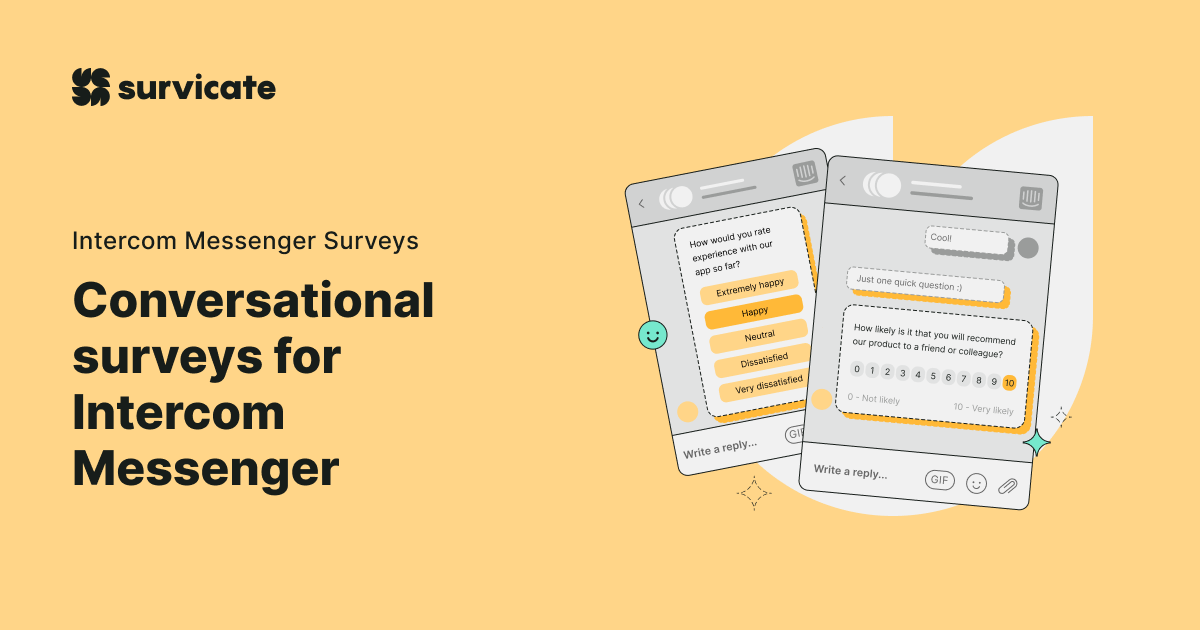Shopping cart abandonment survey
Up to 70% of shoppers abandon their carts. With exit surveys, e-commerce businesses can quickly understand what exactly stops their visitors from buying.
To ensure the survey only shows to people who added something to the cart, use URL-based targeting—more on that here.
Recommended questions:
- "What made you stop shopping?"
- "What would convince you to finish shopping?"
- "Do you need any additional information to complete the purchase?"
Pricing abandonment survey
This survey is an equivalent of a shopping cart abandonment survey for SaaS businesses. The visitors often go through all the typical steps leading to conversion but drop out after seeing the pricing page.
A survey will help you discover what made them leave your site at this final stage. Of course, some people will say that your tool is too expensive for them, but you might learn that a few of them had other doubts or needed clarification.
Recommended questions:
- "What prevented you from signing up?"
- "Is our pricing clear to you?"
- "Compared to similar solutions to know, are our prices are lower, higher, or about the same?"
- "How much would you be willing to pay for the basic plan?"
Landing page bounce research
It’s always valuable to know how you can improve your landing pages’ conversion rates—especially if you’re allocating significant resources to them.
Landing pages are often used with ad campaigns, and for a good reason—ad-specific content usually reports higher conversion rates because the traffic is qualified. However, they also report higher bounce rates.
Finding out why people leave the page without taking the desired landing page actions will let you improve your offer and messaging, which can be worth a small fortune.
Maybe you oversimplified the page, and people need more information? Or perhaps your value proposition is not clear enough? You’ll find out just what you need with a website exit survey.
Recommended questions:
- “Did you find what you were looking for on the page?”
- "What else would you like to see on this page?"
- "What prevented you from signing up?"
- "What should we do to improve your experience?"
Lead generation
Exit surveys might be an effective lead generation tool.
Sometimes, visitors leave your website because they couldn’t find the information they were looking for, but they’re still interested in your products or services. In that case, they might want to be contacted with more details.
Maybe your visitor could use a selection of educational materials, or maybe they’d like a personalized product demo?
Recommended questions:
- "Do you need additional information about our offer?"
- "Would you like a consultant to contact you with a personalized offer?"




.svg)



.webp)




.svg)
.svg)
.svg)

.svg)


.svg)






.svg)




.svg)

















.svg)






























.svg)

.svg)
.svg)



.svg)


















.svg)

.svg)

















-min.jpg)


